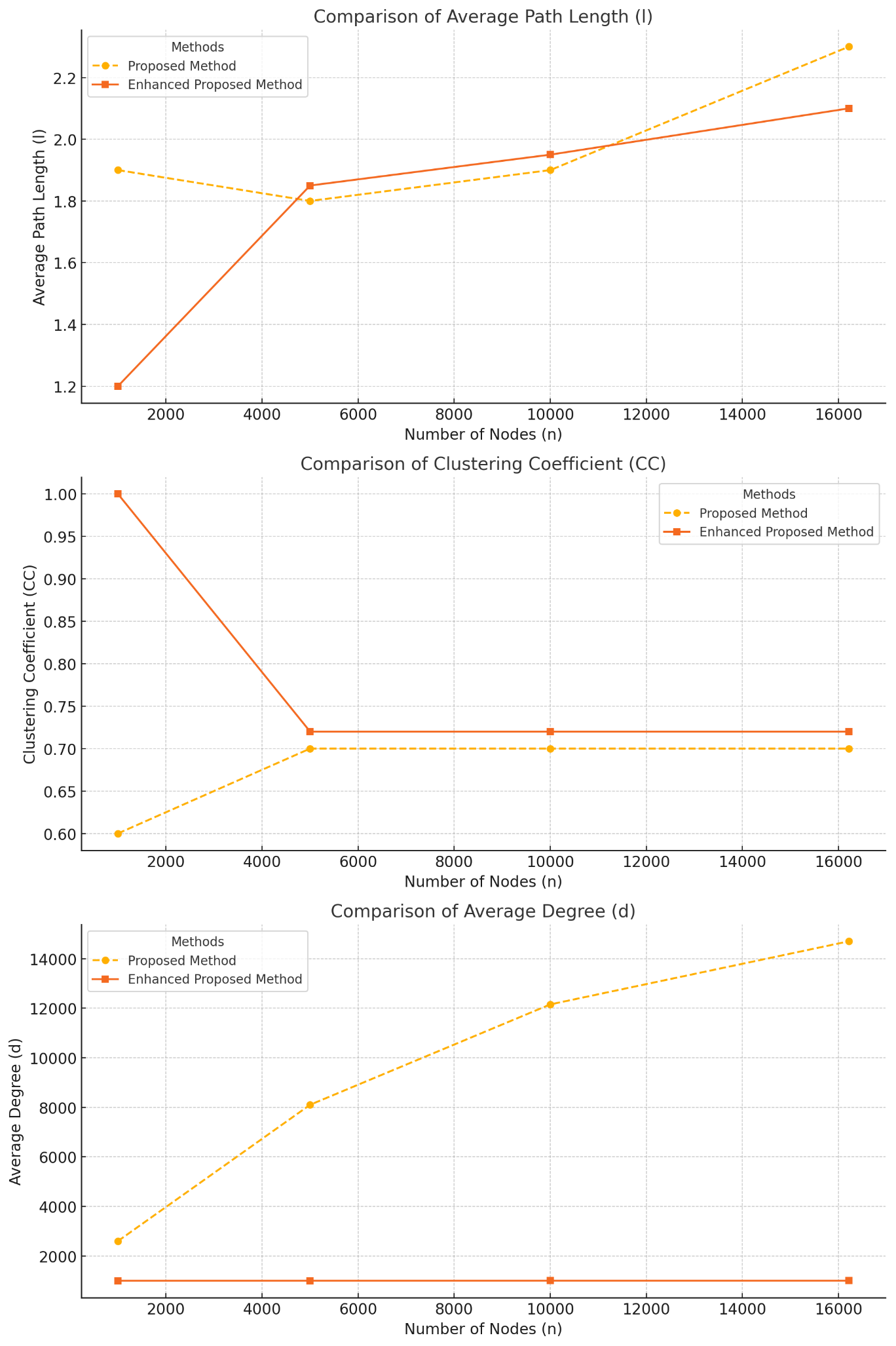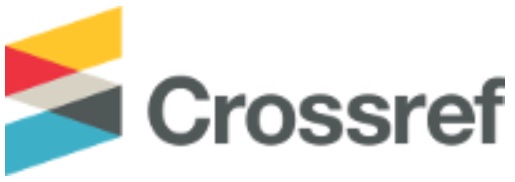An Advanced Trust Model in Social Internet of Things: Simulating Multidimensional Relationships Using Watts–Strogatz Random Graphs
Keywords:
Social Internet of Things, Trust Modeling, Watts–Strogatz, Gradient Descent, Random GraphsAbstract
Trust is recognized as a vital component in ensuring secure and stable interactions within Social Internet of Things (SIoT) networks. This study introduces an advanced model for simulating multidimensional trust relationships in SIoT, which is designed based on Watts–Strogatz (WS) random graphs and successfully reproduces the real topological features of SIoT networks with high fidelity. The proposed model incorporates a variety of relationship types such as Co-Location-Based Relationships (CLOR), Ownership-Based Relationships (OOR), Social Relationships (SOR), and Popularity-Based Relationships (POR), and integrates key attributes including spatial density, interaction frequency, owner reliability, and co-presence time to deliver a flexible and scalable structure. Analysis of the results indicates that the model performs significantly well in replicating topological metrics such as average path length, clustering coefficient, and average degree. For instance, in OOR and SOR graphs, the clustering coefficients reached values of 0.9 and 0.7 respectively, and in the CLOR graph, the average path length was limited to 2.4. Furthermore, in the POR graph, the average degree was consistently maintained at a stable value of 120. A comparison between the proposed model and traditional models such as Erdős–Rényi (ER) and Barabási–Albert (BA) graphs reveals that the use of advanced random graphs alongside the integration of additional trust-related features significantly enhances the accuracy, flexibility, and analytical capability of SIoT network behavior. In addition, the application of gradient descent-based optimization algorithms for fine-tuning model parameters ensures the efficiency and structural balance of the model, thereby positioning it as an effective and scalable solution for the analysis and development of Social Internet of Things networks.
References
A. Bagheri, M. Romoozi, and H. Babaei, "Modeling the social internet of things network using random graphs," 2023, doi: 10.21203/rs.3.rs-3594647/v1.
K. Chi, H. Qu, and G. Yin, "Link prediction for existing links in dynamic networks based on the attraction force," Chaos, Solitons & Fractals, vol. 159, p. 112120, 2022.
E. A. U. S. A. Khadangi, S. Zal, and H. R. Esmaeili, "Presenting a new motif- based link prediction for predicting activities in Facebook," Computer Communications, vol. 184, pp. 137-148, 2022, doi: 10.1016/j.comcom.2021.11.016.
S. Kini, S. Pal, S. Kothare, D. Mitna, and S. More, "Friend Recommendation in Social Media App using Link Prediction," in 2022 International Conference on Sustainable Computing and Data Communication Systems (ICSCDS), 2022: IEEE, pp. 1502-1508, doi: 10.1109/ICSCDS53736.2022.9761025.
E. Nasiri, K. Berahmand, and Y. Li, "Robust graph regularization nonnegative matrix factorization for link prediction in attributed networks," Multimedia Tools and Applications, pp. 1-24, 2022, doi: 10.1007/s11042-022-12943-8.
A. Rehman, "Internet of Things in Healthcare Research: Trends, Innovations, Security Considerations, Challenges and Future Strategy," International Journal of Intelligent Systems, vol. 2025, no. 1, p. 8546245, 2025, doi: 10.1155/int/8546245.
K. Saketh, N. Raja Rajeswari, M. Krishna Keerthana, and F. Shaik, "Spark- Based Scalable Algorithm for Link Prediction," in Innovative Data Communication Technologies and Application: Springer, 2022, pp. 619-635DO - 10.1007/978-981-16-7167-8_45.
S. Sagar, A. Mahmood, K. Wang, Q. Z. Sheng, J. K. Pabani, and W. E. Zhang, "Trust-SIoT: Toward trustworthy object classification in the social internet of things," IEEE Transactions on Network and Service Management, vol. 20, no. 2, pp. 1210-1223, 2023, doi: 10.1109/TNSM.2023.3247831.

Downloads
Published
Submitted
Revised
Accepted
Issue
Section
License
Copyright (c) 2025 Asma Bagheri, Morteza Romoozi, Hamideh Babaei, Soraya Karimi (Author)

This work is licensed under a Creative Commons Attribution-NonCommercial 4.0 International License.











